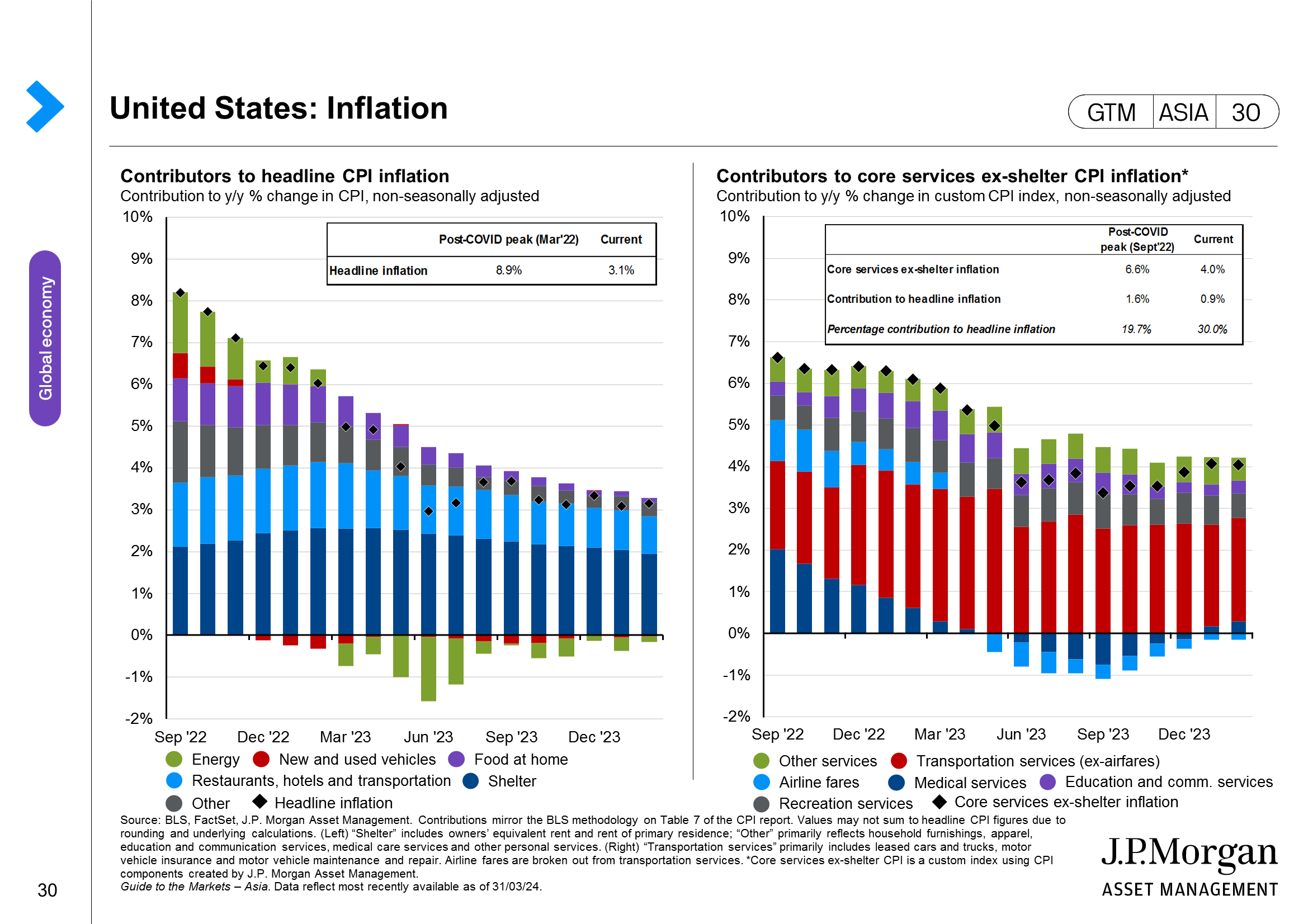Slide Image

Chart Image

Japan: Monetary policy drivers
This slide looks at the key drivers of monetary policy in Japan as officials consider normalization.
The chart on the left looks at year-over-year (y/y) change in core inflation and nominal wage growth. Historically, wage growth and inflation in Japan have been very low and below the Bank of Japan's (BoJ's) target. Even in 2015, when there was a momentary spike up in inflation, wage growth remained anchored. However, that dynamic has started to change. With the upsurge in headline inflation in Japan, labor unions have lobbied for a higher increase in wage in the recent Spring wage negotiations. Many large corporations have also increased wages in response to higher living costs. This has led to a sizeable increase in nominal wage growth, which has also translated into higher core inflation. Most recently, core inflation has moved beyond the BoJ's two percent target.
As a result, the market has started to front run a normalization in BoJ's monetary policy. The BoJ widened its yield curve control target range towards the end of 2022, and market is expecting a further move away from yield curve control in the near future. The BoJ has been purchasing Japanese government bonds at a record pace, leading to an upsurge in BoJ holdings of Japanese Government Bonds (JGBs). BoJ holdings of JGBs now stand at more than 50% of total outstanding JGBs.